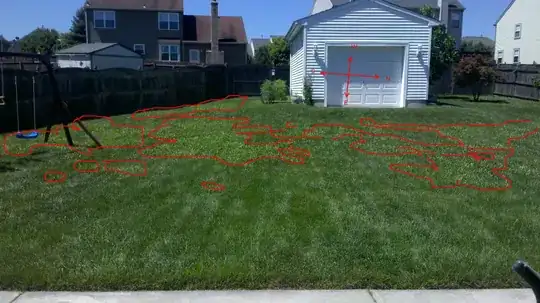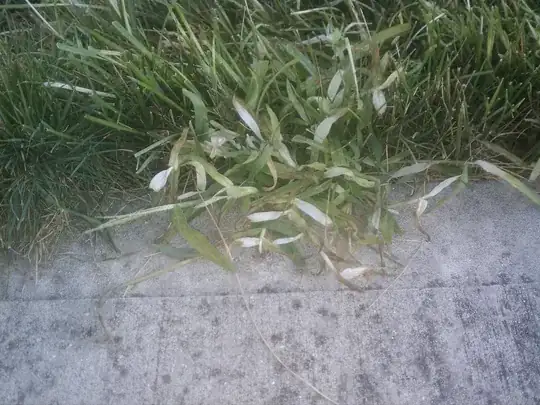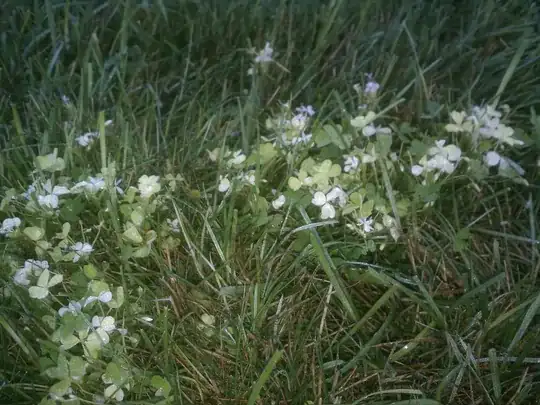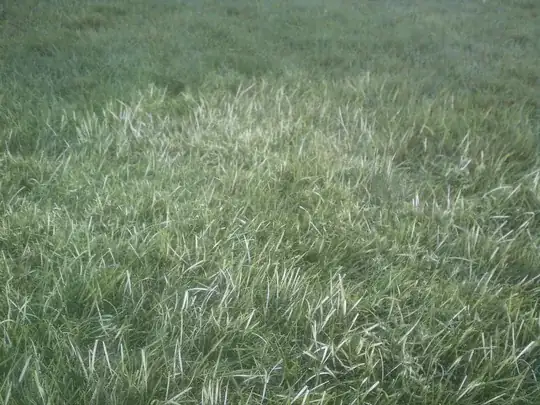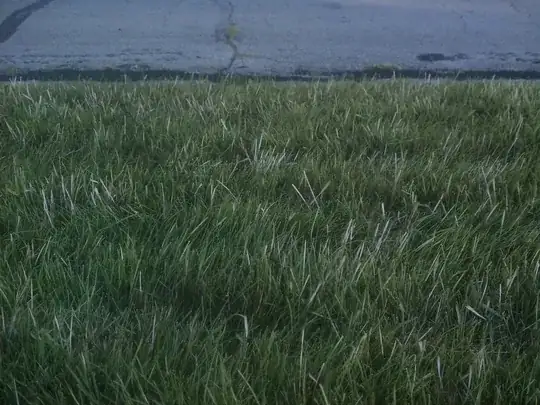My backyard is being overtaken with crabgrass again. It started later this year than last. In the early spring, I rented a de-thatcher/powerrake and cleaned up the year of a lot of dead material (to promote growth of "regular grass"). I also applied "Dimension" twice — once in early March and again in mid April (following a local landscaping suppliers recommendation). I did not powerseed last fall or this spring.
I live in Southern New Jersey (United States). 2010 Spring/Summer were brutally hot/dry. This (2011) spring/summer have been much more "average" in temperature/precip. I just treated with the Summer Scotts fertilizer mixture (early July). The backyard is on a small slope, but definitely not dramatic — perhaps an elevation change of ~6–8 feet over ~90 feet. The yard has little in the way of shade (mostly full sun from about 10am–6pm). The lawn is otherwise healthy. In fact, up until about 3 weeks ago, it was covered in what appeared to be a green/healthy grass.
Question: Is there any way to rapidly remove the crabgrass (organic or not), and do this in a way that will not harm any of the "good" grass that currently exists at this point in the season. For example, a chemical/product/etc that I can apply that will only kill off the crab grass, such that I don't have to manually dig up all the crab grass roots (and rip out "good" grass roots at the same time)?
There is this other question on how to prevent crabgrass from growing, but I'm mainly interested in removing existing crabgrass from my lawn.
In addition, any tips/advice/product for preventing crab grass emergence next season are appreciated and/or any details on why this year's pre-emergent (Dimension) application may not have worked would be helpful.
Update: Here is a picture I snapped of the "infestation".
